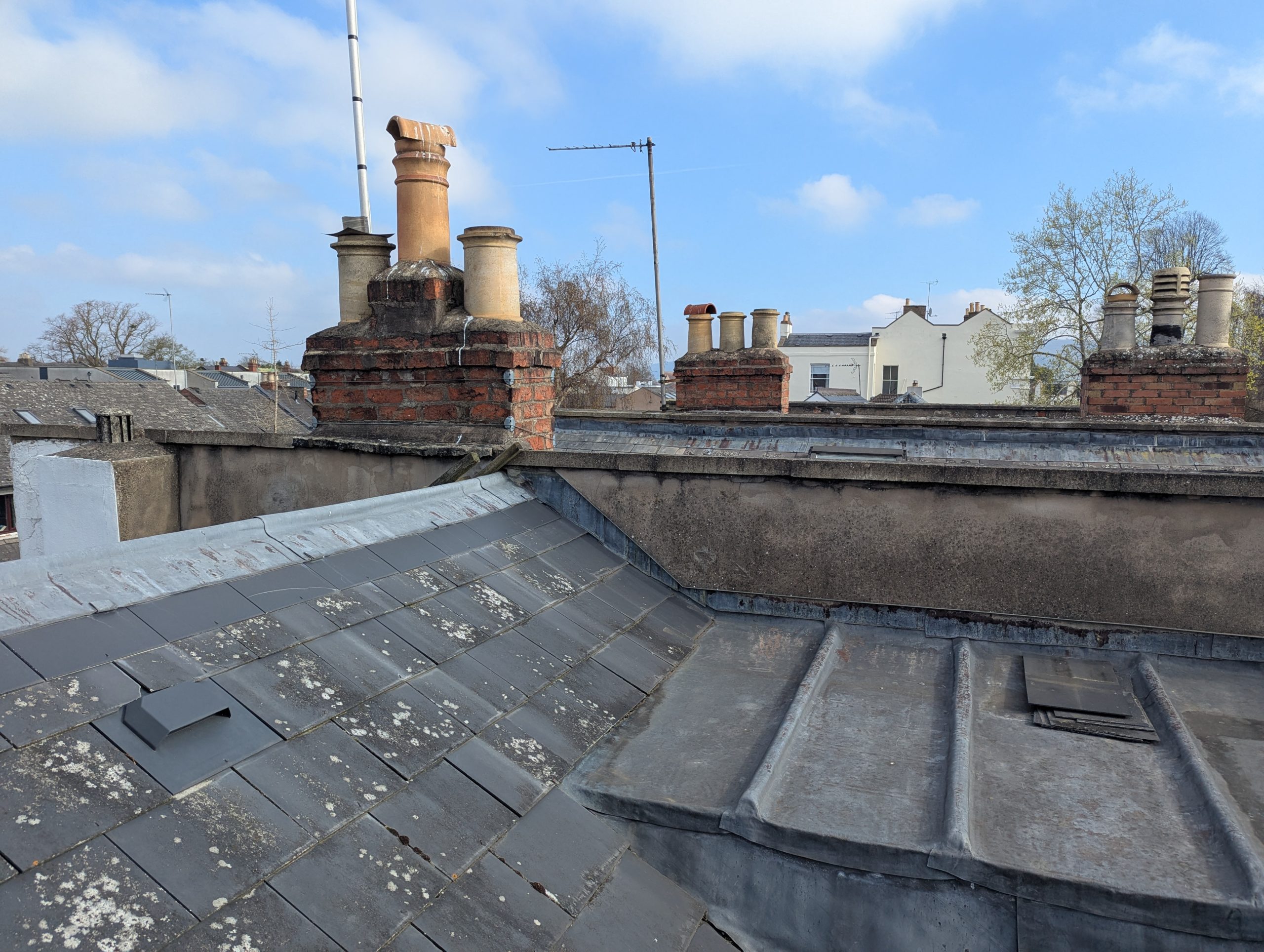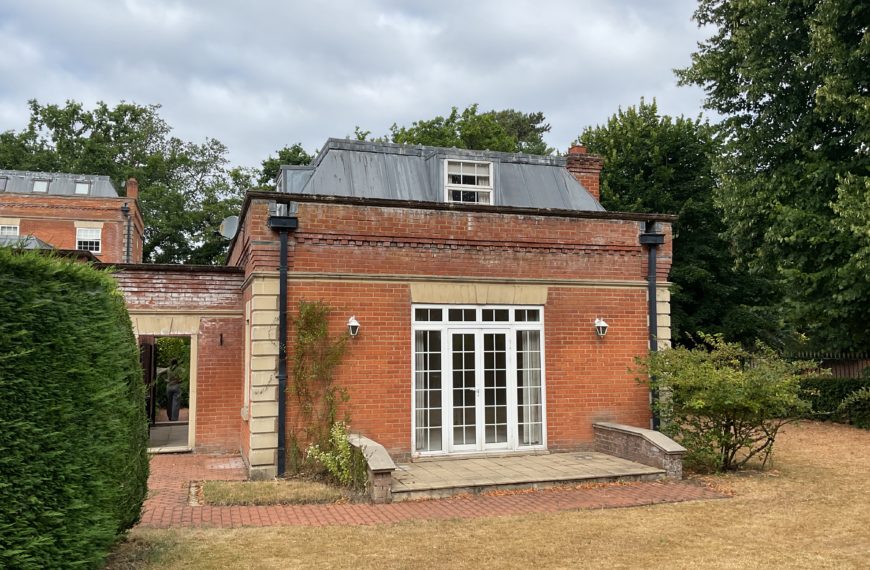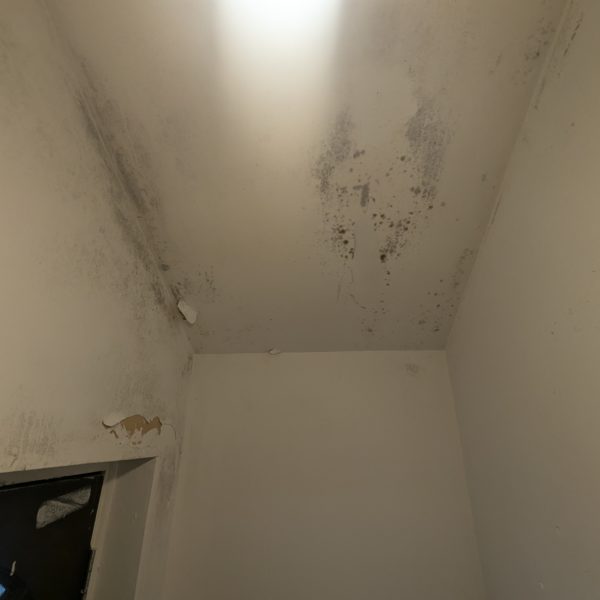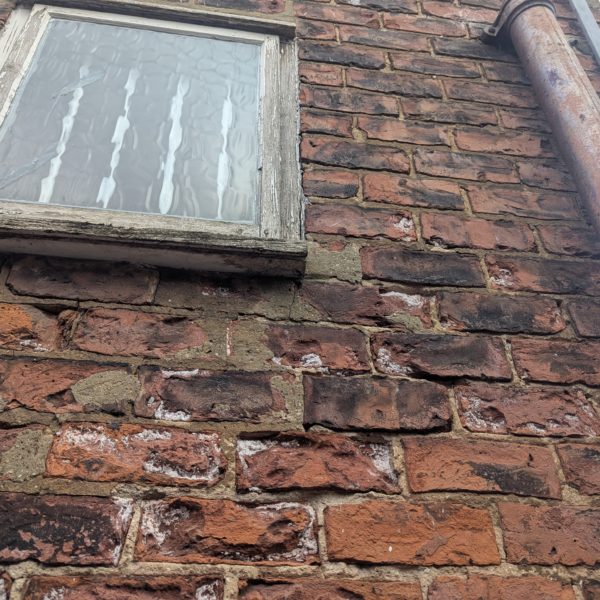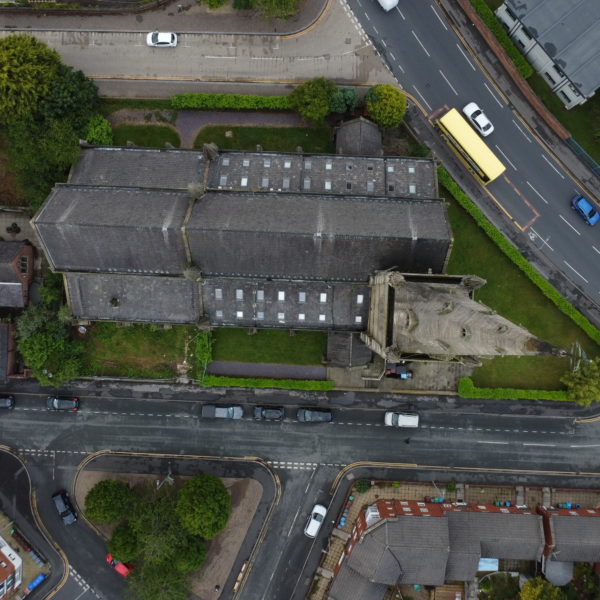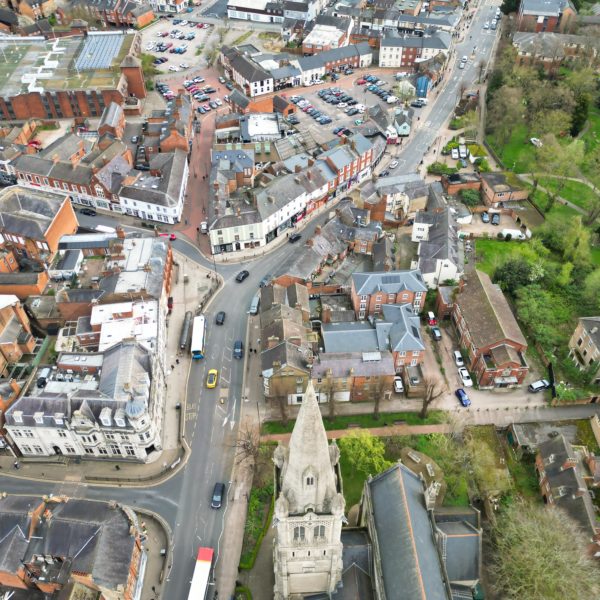Cheltenham, known as the cultural heart of the Cotswolds, is famed for its stunning Regency architecture, rich heritage, and meticulous town planning. Whether you’re a property buyer, architecture enthusiast, or a homeowner planning a restoration, understanding the architectural styles of Cheltenham, and their historical and structural implications, is crucial.
In this comprehensive guide, we explore the architecture and history of Cheltenham, highlighting key styles, typical costs associated with surveying period properties, potential issues to be aware of, and how to choose the right type of survey or surveyor. We also introduce Fourth Wall Building Consultancy, a leading firm specialising in surveying Cheltenham’s historic properties.
Speak to a member of the teamA Brief History of Cheltenham’s Architecture
Cheltenham’s architectural heritage is primarily Regency in style, earning it the nickname “The most complete Regency town in England.” The town flourished in the 18th and 19th centuries as a spa destination, resulting in grand crescents, sweeping terraces, and beautifully proportioned villas.
Key Architectural Periods in Cheltenham:
- Regency (1811–1820): Stucco facades, iron balconies, sash windows, porticos with columns.
- Victorian (1837–1901): More ornate than Regency, with gothic revival features, coloured brickwork, and bay windows.
- Georgian Influences: Seen particularly in early Regency buildings; symmetry, fanlights, and understated elegance.
- Modern Infills and New Builds: Often found on town edges or in redevelopment zones—these vary in quality and heritage sensitivity.
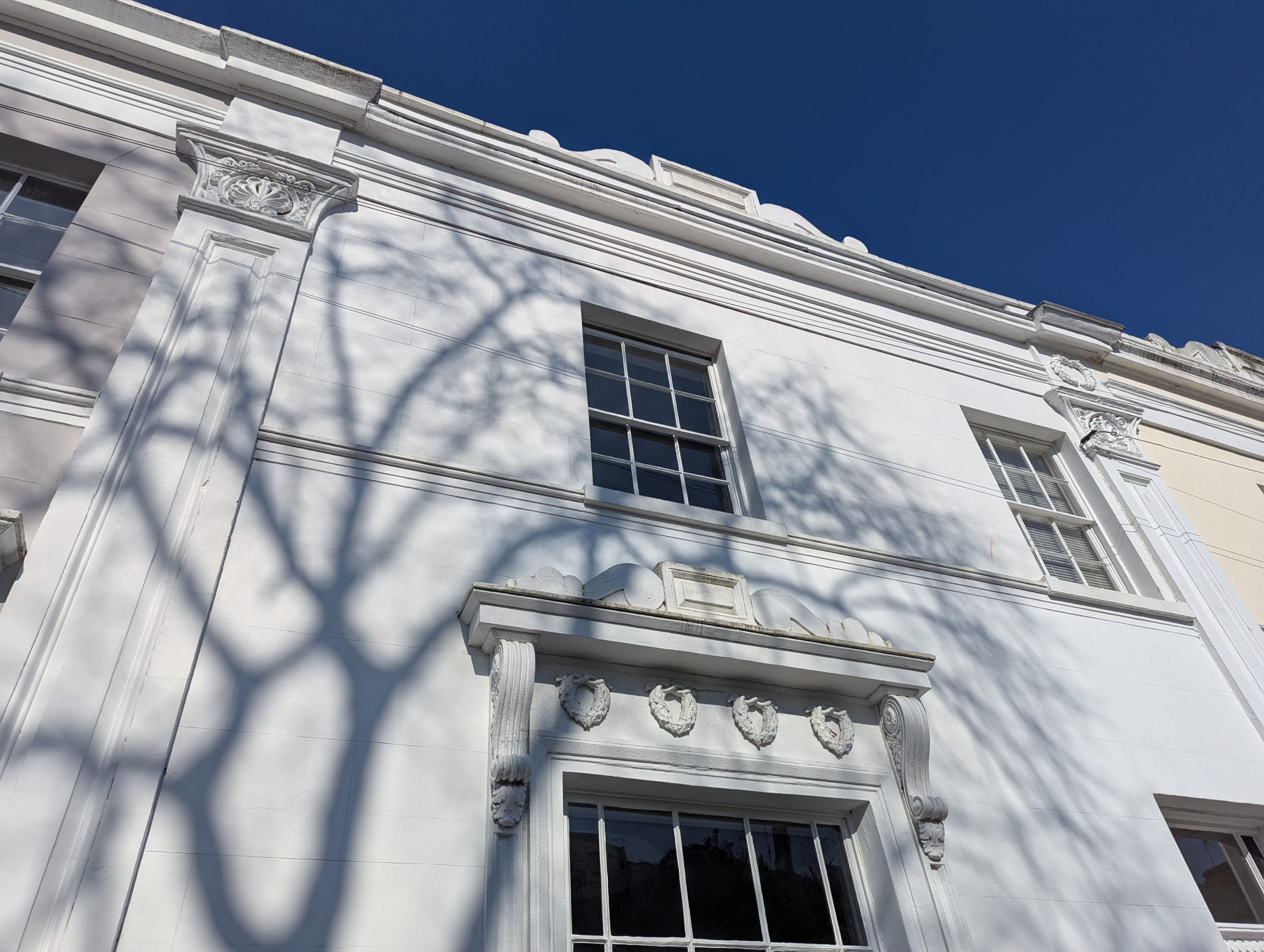
Cost of Surveying Historic Properties in Cheltenham
When buying or renovating period homes in Cheltenham, a key concern is cost. Surveying historic properties is typically more expensive than standard new-build homes due to the additional complexities.
Average Costs of Building Surveys:
| Property Type | Survey Type | Estimated Cost (2025) |
|---|---|---|
| Regency Terrace | Full Building Survey | £900 – £1,500 |
| Victorian Semi | HomeBuyer Report | £600 – £1,000 |
| Grade II Listed Georgian | Historic Building Report | £1,200 – £2,000+ |
What Could Go Wrong With Period Properties?
Period properties in Cheltenham, while beautiful, often come with a unique set of problems that modern surveys must account for.
Common Issues in Cheltenham’s Historic Homes:
- Damp and Moisture Penetration: Especially around stucco walls and basements.
- Subsidence and Settlement: Common in older terraces built on clay soil.
- Poorly Carried-Out Renovations: Incompatible materials (like cement render on lime-based walls).
- Roof and Chimney Deterioration: Many have not been adequately maintained.
Comparing Survey Types and Surveyors
Choosing the right type of survey and surveyor is crucial when dealing with Cheltenham’s architectural heritage.
Types of Surveys:
- HomeBuyer Report: Good for newer Victorian houses in relatively good condition.
- Building Survey (Full Structural Survey): Best for Regency and Georgian homes.
- Historic Building Report: For Grade I and Grade II listed properties requiring conservation expertise.
Top 5 Areas in Cheltenham: Architecture, Surveys & Issues
Cheltenham’s most desirable neighbourhoods offer a mix of historical grandeur, green spaces, and excellent amenities. If you’re buying in one of these areas in Cheltenham, it’s essential to understand the architecture, appropriate survey type, and typical structural concerns to avoid costly surprises.
Here are the top five premium property hotspots in Cheltenham:
1. Montpellier
Average Property Price: £850,000+
Architectural Style: Classic Regency terraces and villas, with stucco facades, tall sash windows, and wrought-iron balconies.
Recommended Survey Type: Full Building Survey or Historic Building Report (especially for listed properties)
Common Issues:
- Hairline cracks from historic settlement
- Damp ingress around basements and stucco walls
- Timber decay in original window frames and joists
2. The Park
Average Property Price: £900,000+
Architectural Style: Grand detached Regency and early Victorian villas with large gardens and long driveways.
Recommended Survey Type: 🏠 Full Structural Survey
Common Issues:
- Roof spread in wide-span timber structures
- Poor energy efficiency due to original single glazing
- Previous substandard renovations, particularly around conservatories
3. Pittville
Average Property Price: £700,000+
Architectural Style: A mix of late Georgian and early Victorian townhouses, especially around Pittville Park and Pump Room.
Recommended Survey Type: Historic Building Survey for listed homes; HomeBuyer Report for later builds
Common Issues:
- Structural movement in terraces due to clay soil
- Render deterioration on older facades
- Inadequate guttering causing damp penetration
4. Battledown
Average Property Price: £1.2 million+ (private estate)
Architectural Style: Diverse—ranging from Arts & Crafts mansions to mid-century builds and modern eco-homes
Recommended Survey Type: Full Building Survey, with timber and drainage assessment
Common Issues:
- Outdated plumbing/electrics in older homes
- Structural alterations not fully documented
- Trees causing root damage near foundations
5. Lansdown
Average Property Price: £800,000+
Architectural Style: Highly prized Regency crescents and converted Victorian villas
Recommended Survey Type: Building Survey with specific heritage focus
Common Issues:
- Damp from aging roofs and parapet walls
- Paint failure on external stucco
- Structural complications from flat conversions (sound insulation, fire compliance)
Properties in these areas are often Grade II listed or within conservation zones, which means alterations are tightly regulated. A specialist surveyor with heritage and planning knowledge, such as Fourth Wall Building Consultancy, is crucial for pre-purchase peace of mind.
Frequently Asked Questions (FAQs)
1. What architectural style is Cheltenham known for?
Cheltenham is most renowned for its Regency architecture, characterised by stucco facades, sash windows, and ornate ironwork.
2. Are Cheltenham properties listed?
Many Regency and Georgian buildings in Cheltenham are Grade II listed, meaning they require special permissions for alterations.
3. Can I get a HomeBuyer report for a Regency property?
It’s not recommended. A full building survey or historic building report is more suitable for older properties.
4. What does a building survey include?
It includes structural assessments, damp checks, material condition, advice on repairs, and insights into compliance with heritage regulations.
5. How can I avoid common problems with Cheltenham homes?
Hire a surveyor experienced in period and listed properties like those at Fourth Wall Building Consultancy and ensure thorough due diligence before buying.

